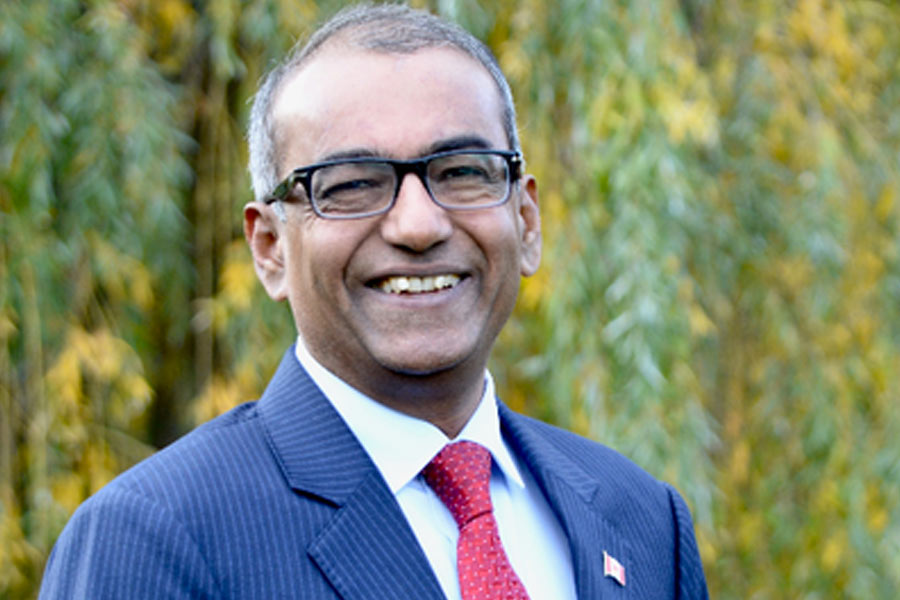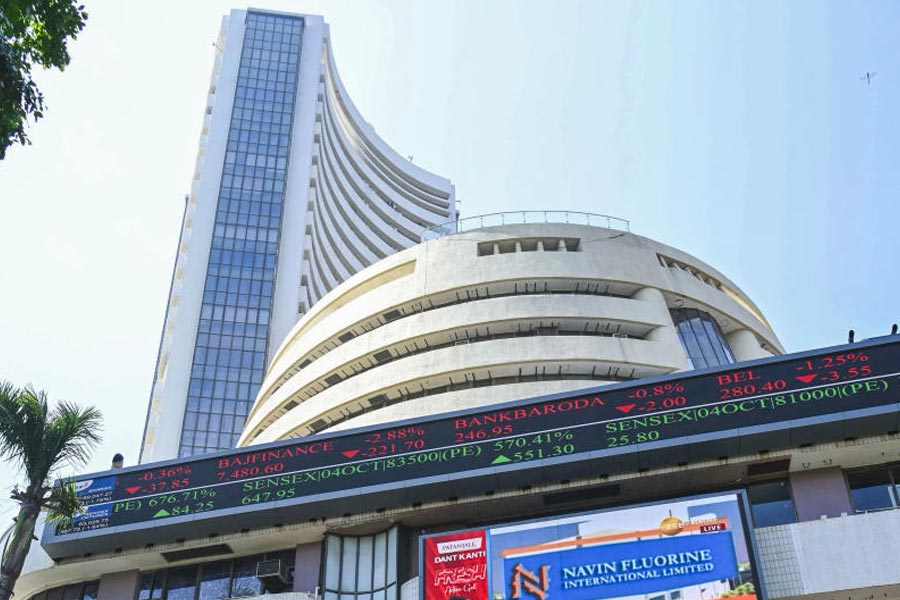They strolled and cycled through their own city like dazed tourists. They hopped onto ferries once again, crossing the Huangpu river, and crowded onto the famed Bund waterfront. They honked car horns and lit fireworks.
As Shanghai eased one of the longest, toughest lockdowns anywhere since the pandemic began, many of its 25 million residents celebrated being free to move around. The reopening on Wednesday came after Shanghai’s two-month siege against Covid had set off public anger over shortages of food and medicine as well as the harsh enforcement of quarantine rules.
For now at least, that anger gave way to relief after the government wound back many restrictions. During the day, people — all wearing masks — basked in the novelty of previously mundane pleasures like meeting friends and relatives, strolling in parks, and driving through streets that had been largely empty since early April. Hairdressers were, as in many cities freed from lockdowns, busy. Subway lines were open but quiet.
“Everyone had these problems at the time and felt a bit confounded about what to do,” said Tang Xianchun, a Shanghai resident.
Earlier in the lockdown, she had been irate about dwindling supplies and residents with chronic illnesses being denied entry to hospitals, sometimes with deadly consequences.
“But those problems came to be resolved, and now everyone is feeling good that the restrictions are lifting,” Tang said in a telephone interview. “I’m more eager to catch up with family and friends, chat and meet face to face. That’s what I missed most.”
Shanghai ordered residents to stay home and businesses to shut from early April to try to stifle the spread of the Omicron variant. City leaders had initially said they could contain the outbreak with limited restrictions. But China’s leader, Xi Jinping, and other top officials ordered tougher measures as infections climbed to more than 20,000 each day.
With daily infections now falling to low double digits, the government has launched an urgent effort to revive factories, companies and supply lines vital to China’s sagging economy.
On Tuesday, Shanghai recorded 15 infections.
New York Times News Service











